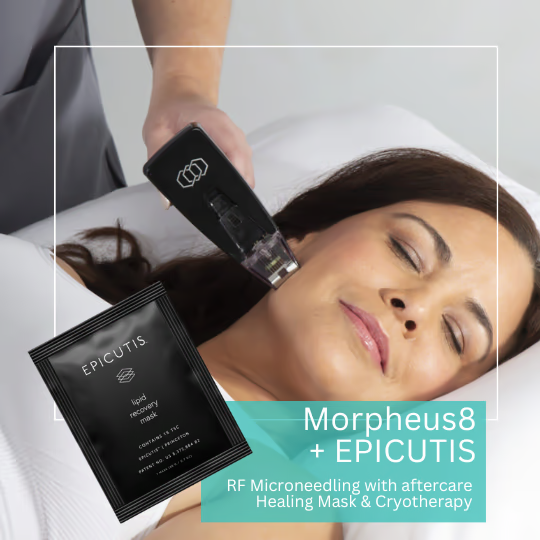SkinScope Professional Skin Analysis
The Skinscope LED is designed to help assess patients’ skin through the use of two light modes: a simulated daylight mode for reviewing visible concerns, and a LED-UV light mode for identifying underlying damage.
While some skin conditions are visible in everyday light, some are only visible under UV light which highlights sub-surface skin damage. The reservation fee on this listing will be applied towards the cost of your treatment.
$55.00
Prefer a Payment Plan?
Get Pre-Approved with No Hard Credit Checks!
Deposits: Lock-in special pricing for 6 months (one treatment, one time). All deposits are nonrefundable but will be credited towards your account towards any service. All procedures require an in-person consultation and candidacy verification prior to treatment.
Note: All of our products & services are only available for pickup at our Honolulu location. We do not ship products or offer off-site services. If you are off-island we will credit it to your account for next time you are in town.
Learn All About
SkinScope Professional Skin Analysis
SKINSCOPE: THE SCIENCE OF FLUORESCENCE TECHNOLOGY
The Skinscope LED is designed to help assess patients’ skin through the use of two light modes: a simulated daylight mode for reviewing visible concerns, and a LED-UV light mode for identifying underlying damage.
Fluorescence is caused when one radiation wavelength is absorbed by a compound which is reflected back at a different wavelength. Certain compounds excite electrons in molecules that change the wavelength energy such that it converts from shortwave UV light to longer wave visible light.
When a specific range of UV light (320-365nm) illuminates skin, it reacts in different ways based on what it comes in contact with. Melanin absorbs the light showing as an absence of color, but other compounds “excite” follicular fluorescence in the skin, changing the wavelength to colors visible to the human eyes. Based on the visible shades that are reflected back from the skin, a characteristic diagnosis can be made.

LED-UV light detects fluorescence in skin for clearer visibility of skin concerns and conditions not visible in everyday light. Following the color code provided will help with identifying the potential existence of unwanted pigmentation, poor desquamation, dehydration, congested pores, and skin oiliness.
- Pale Blue: Normal and healthy skin
- White: Dead skin cells
- Dark Blue: Thinner, dehydrated skin
- Brown: Pigmentation and dark spots
- Yellow: Oily areas of the face*
- Dark Pink or Orange: Congested
pores and comedones*
* Yellow, orange, or dark pink will often show as
small dots (or pinpricks of light) on the face










